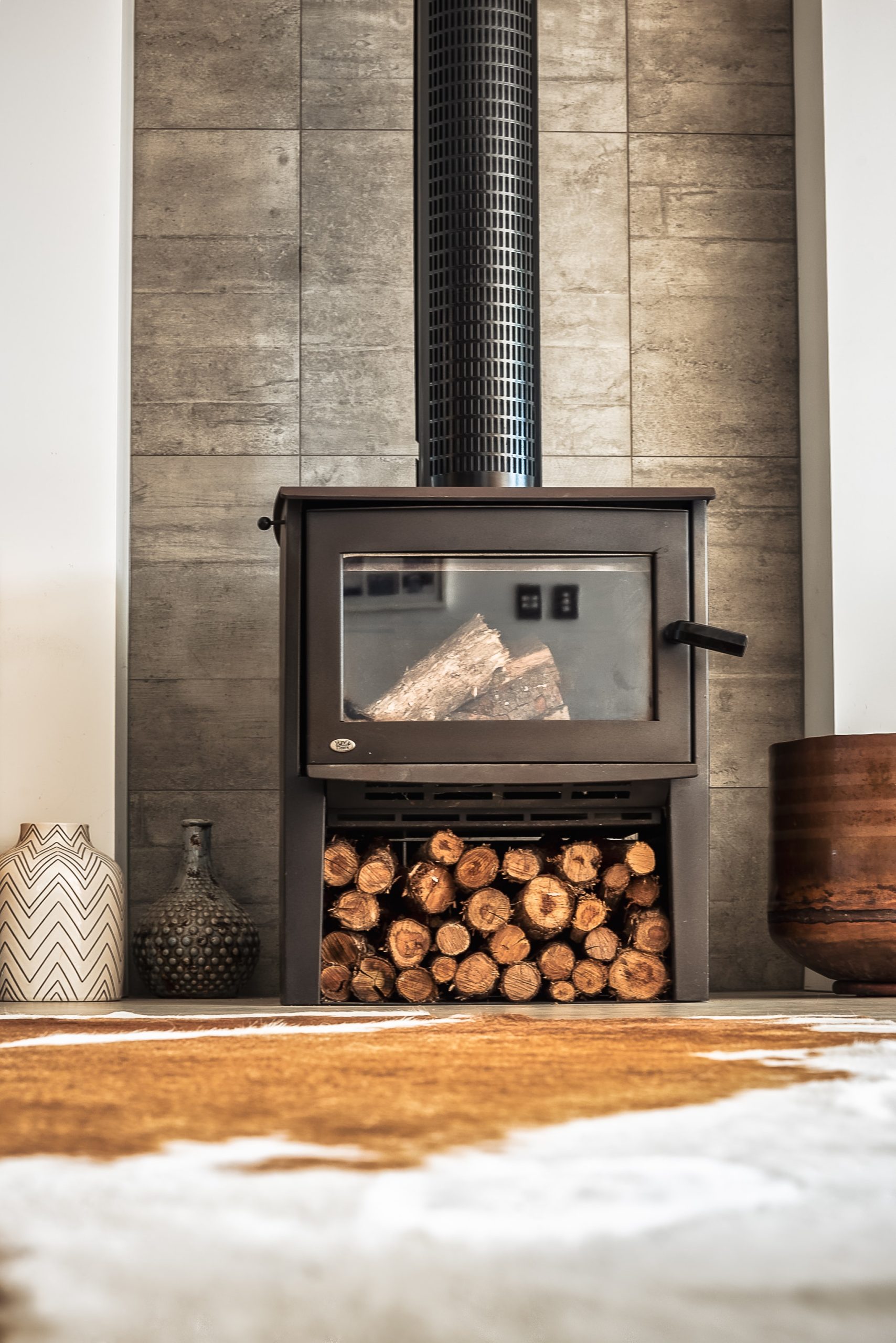Renovating fixer-uppers has long been a popular choice for homeowners and investors alike. Whether it’s restoring a historic home to its former glory or updating a tired property to meet modern standards, the process of revitalizing a fixer-upper can be both rewarding and lucrative. In this article, we’ll delve into the benefits and challenges of renovating fixer-uppers, explore various renovation strategies, and analyze the financial implications of such projects.
The Appeal of Fixer-Uppers

Fixer-uppers hold a unique allure for many individuals. The opportunity to breathe new life into a neglected property can be deeply satisfying, both from a creative and an emotional standpoint. Moreover, purchasing a fixer-upper often comes with a lower initial price tag compared to turnkey homes, making it an attractive option for budget-conscious buyers. Additionally, renovating a fixer-upper allows homeowners to tailor the property to their specific tastes and needs, resulting in a truly personalized living space.
Challenges and Considerations
While renovating a fixer-upper can be a fulfilling endeavor, it is not without its challenges. One of the primary concerns is the potential for unforeseen issues lurking beneath the surface, such as structural damage, outdated wiring, or plumbing problems. These hidden defects can significantly impact both the timeline and budget of the renovation project. Additionally, renovating a fixer-upper requires a significant investment of time and effort, as owners must be prepared to oversee or undertake extensive renovations themselves.
Renovation Strategies
There are various approaches to renovating fixer-uppers, each with its own set of advantages and considerations. One common strategy is to focus on cosmetic updates, such as painting, flooring, and fixtures, to improve the property’s aesthetics without delving into major structural changes. This approach is often more budget-friendly and can yield quick results, making the property more appealing to potential buyers or renters.
Alternatively, some renovators may opt for a more comprehensive overhaul, addressing both cosmetic and structural issues to create a truly modern and functional living space. While this approach may require a larger initial investment, it can significantly increase the property’s value and marketability in the long run.
Exploring Renovation Trends
In recent years, there has been a notable shift in renovation trends, with a growing emphasis on sustainable and eco-friendly practices. Many renovators are opting for energy-efficient upgrades, such as installing solar panels, upgrading insulation, and using eco-friendly building materials, to reduce environmental impact and lower utility costs. Additionally, there is increasing interest in adaptive reuse projects, which repurpose existing structures for new purposes, such as converting old warehouses into loft apartments or transforming industrial spaces into trendy coworking offices. These trends not only contribute to a more sustainable built environment but also add unique character and charm to renovated properties.
The Future of Fixer-Uppers
As we look to the future, the appeal of fixer-uppers is likely to endure, driven by a combination of economic factors, lifestyle preferences, and market dynamics. However, as the real estate landscape evolves, so too will the strategies and approaches to renovating fixer-uppers. Innovations in technology, design, and construction methods will continue to shape the way we approach renovation projects, offering new opportunities for creativity and efficiency. Moreover, with increased awareness of environmental sustainability and social responsibility, there will be greater emphasis on renovating fixer-uppers in a way that minimizes waste and maximizes energy efficiency. Ultimately, by embracing the potential of fixer-uppers and adapting to changing trends, homeowners and investors can continue to unlock new possibilities and create spaces that are both beautiful and functional for years to come.
Financial Implications
When considering the financial aspects of renovating fixer-uppers, it’s essential to weigh the potential costs and returns carefully. While purchasing a rundown property at a lower price point may seem like a bargain, renovation expenses can quickly add up, eroding any potential savings. It’s crucial for renovators to conduct a thorough cost analysis, factoring in not only material and labor costs but also any additional expenses such as permits, taxes, and financing fees.
Moreover, renovators should consider the market conditions and property values in their area, as well as the potential return on investment (ROI) for their renovation efforts. While a well-executed renovation can significantly increase a property’s value, there is no guarantee of a profitable outcome. Therefore, it’s essential to approach fixer-upper renovations with a realistic understanding of the market dynamics and potential risks involved.
Analysis Table: Pros and Cons of Renovating Fixer-Uppers
| Pros | Cons |
|---|---|
| Lower initial purchase price | Potential for unforeseen issues |
| Opportunity for customization | Requires significant time and effort |
| Potential for increased property value | Renovation costs can exceed budget |
| Satisfaction of restoring a property | Uncertain return on investment |
| Potential for higher ROI | Market fluctuations may affect resale value |
Comparative Table: Renovation Strategies
| Cosmetic Updates | Comprehensive Overhaul |
|---|---|
| Lower initial cost | Higher initial investment |
| Faster turnaround time | Longer renovation timeline |
| Focuses on surface-level improvements | Addresses both cosmetic and structural issues |
| Less disruptive to daily life | Potential for higher ROI |
| Limited impact on property value | Greater potential for increased property value |
Conclusion
Renovating fixer-uppers offers a unique opportunity to transform neglected properties into desirable homes. While the process comes with its challenges, including potential hidden costs and unforeseen complications, the rewards can be significant for those willing to put in the time and effort. By carefully considering renovation strategies, conducting thorough financial analysis, and staying informed about market trends, renovators can unlock the full potential of fixer-uppers and create valuable assets for the future.











